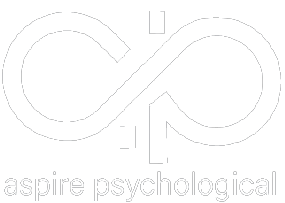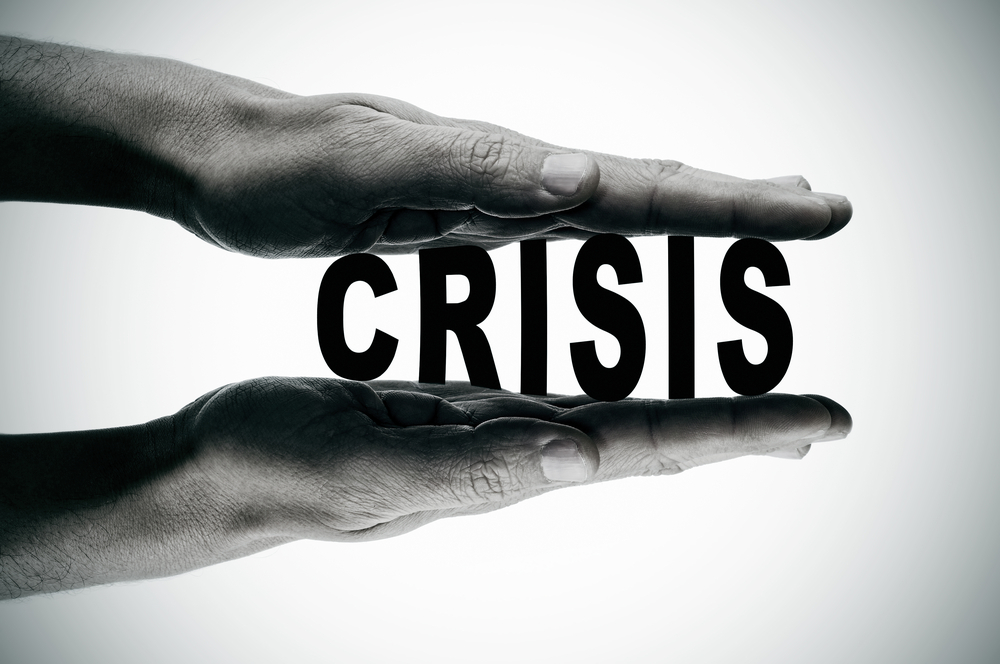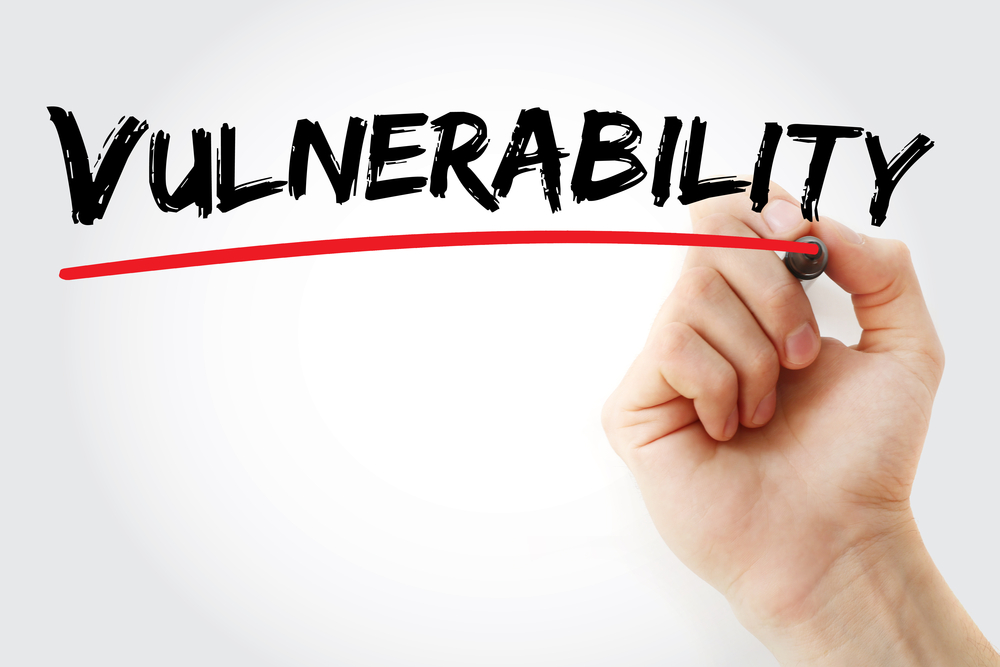A child behavioral therapist is faced with the challenging task of understanding what is going on in the mind of a child. And in many cases, this involves working with children who are either too young to communicate their thoughts or unwilling to do so for whatever reason. Thankfully, therapists have tools like play therapy. In the hands of a skilled child behavioral therapist, play therapy can reveal a lot.
Play therapy relies on the simple act of play to demonstrate what a child might be thinking or feeling. A child behavioral therapist observes play, thereby observing thoughts and emotions a child may not be able to articulate in any other way.
Directive and Non-Directive Play
Although play therapy sessions may seem insignificant to the untrained eye, therapists can learn a lot by watching how a child plays. There are two ways to implement play therapy: through directive and non-directive play.
Directive play occurs when a child is led through some sort of play-oriented task by the therapist. During the session, the therapist is observing how the child goes about completing the task. The child is essentially being led along a particular path so that the therapist can see and hear how the child responds.
Non-directive play is just the opposite. Children are put to play in whatever way best suits them. They do whatever they want to do in the moment. Meanwhile, the child behavioral therapist observes the child’s choices as well as their reactions throughout the entire play experience.
A Safe and Trusting Environment
Play therapy works best when children find themselves in a safe and trusting environment. To that end, therapists might spend the first few sessions building trust by creating a warm, welcoming experience that makes a child feel safe. Ideally, a child wants to feel safe enough to freely express thoughts and feelings without judgment.
When a child feels safe, they are more likely to openly express what is going on inside. When a child trusts their therapist, the child also trusts that person to be part of the play experience.
Once a safe and trusting environment is established, a therapist can begin concentrating on what is often referred to as symbolic communication. Kids communicate what they are thinking and feeling by their played choices. Everything from play themes to the actual toys and games kids choose provides some insight into their innermost thoughts and feelings.
A Means of Self Expression
Play is also a means of self-expression for children. For example, kids often express otherwise hidden anxieties in their play. A licensed child behavioral therapist has been trained to recognize such expressions. But it is not just hidden anxieties a therapist is looking for. During play, children also express:
- How they feel about difficult experiences.
- The challenges they face on a daily basis.
- Their feelings toward the adults in their lives.
- Confusion about things they do not understand.
A skilled therapist able to observe play and then sort out a child’s actions and reactions can open the door to understanding what is going on in a child’s mind. Through play therapy, a therapist can help reinforce positive behavior, build social skills, even teach a child techniques for regulating emotions.
Play therapy is just one of the many tools available to child behavioral therapists. It is a powerful tool in that it helps therapists understand thoughts and emotions children are unable to express in other ways. It is also a tool we utilize here at Aspire Psychological. We find it quite valuable in our efforts to help children and their parents.





